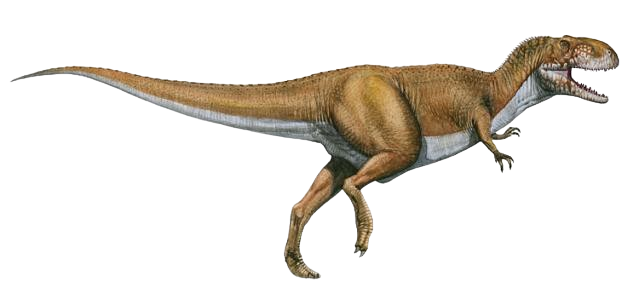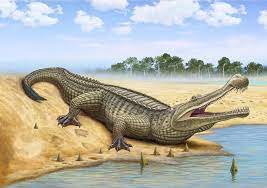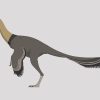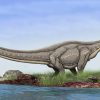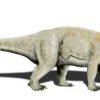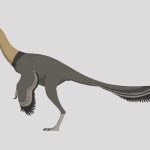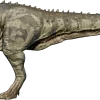Sigilmassasaurus brevicollis, a theropod dinosaur hailing from the early Late Cretaceous period in Morocco, holds a unique place in paleontological history. Discovered by Ernst Stromer, the same paleontologist credited with uncovering the iconic Spinosaurus, this dinosaur is closely associated with the second tribe of the renowned Spinosaurus lineage, known as Spinosaurus Moroccanus. However, its distinctive features warranted the establishment of a separate family, named Sigilmassasauridae or Sigilmassaurids.
Initially found in the Savasana region within the Kem Kem river system, Stromer’s initial classification linked Sigilmassasaurus brevicollis to the Carcharodontosaurids, a group including formidable predators like Giganotosaurus, Carcharodontosaurus, and Mapusaurus. Subsequent analysis, focusing on the unique morphology of the vertebrae and skull, prompted a reevaluation, leading to its reassignment within the Spinosaurids family. This family encompasses notable species such as Spinosaurus, Suchomimus, Baryonyx, and Icthyovenator.
Like its relatives, Sigilmassasaurus brevicollis displayed dietary preferences that involved hunting fish in the Kem Kem river. This task was not without its challenges, as successful fish hunting necessitates specialized teeth and a robust, flexible, and reflective neck. The environment was shared with formidable predators like the Sarcosuchuses, ancient crocodilians capable of launching sudden attacks. However, an advantage emerged as Sigilmassasaurus coexisted in proximity to the Spinosaurus. The imposing presence of the Spinosaurus acted as a deterrent, dissuading giant crocodiles from venturing too close.
Understanding the ecological dynamics of Sigilmassasaurus brevicollis sheds light not only on the species itself but also on the intricate web of interactions within the paleoenvironment of the Kem Kem river system during the Late Cretaceous. The evolutionary adaptations and behavioral strategies employed by Sigilmassasaurus exemplify the complexities inherent in predator-prey relationships, showcasing the fascinating world of dinosaurs and their ecosystems.



